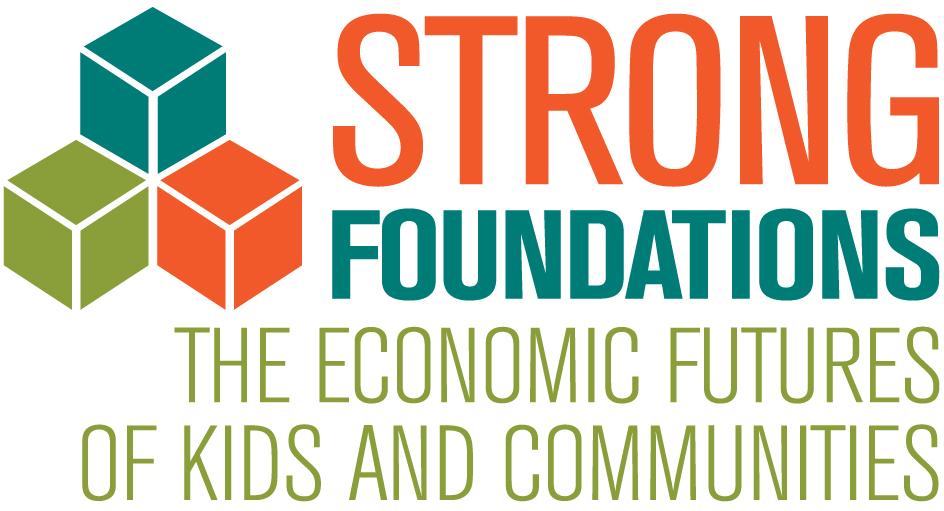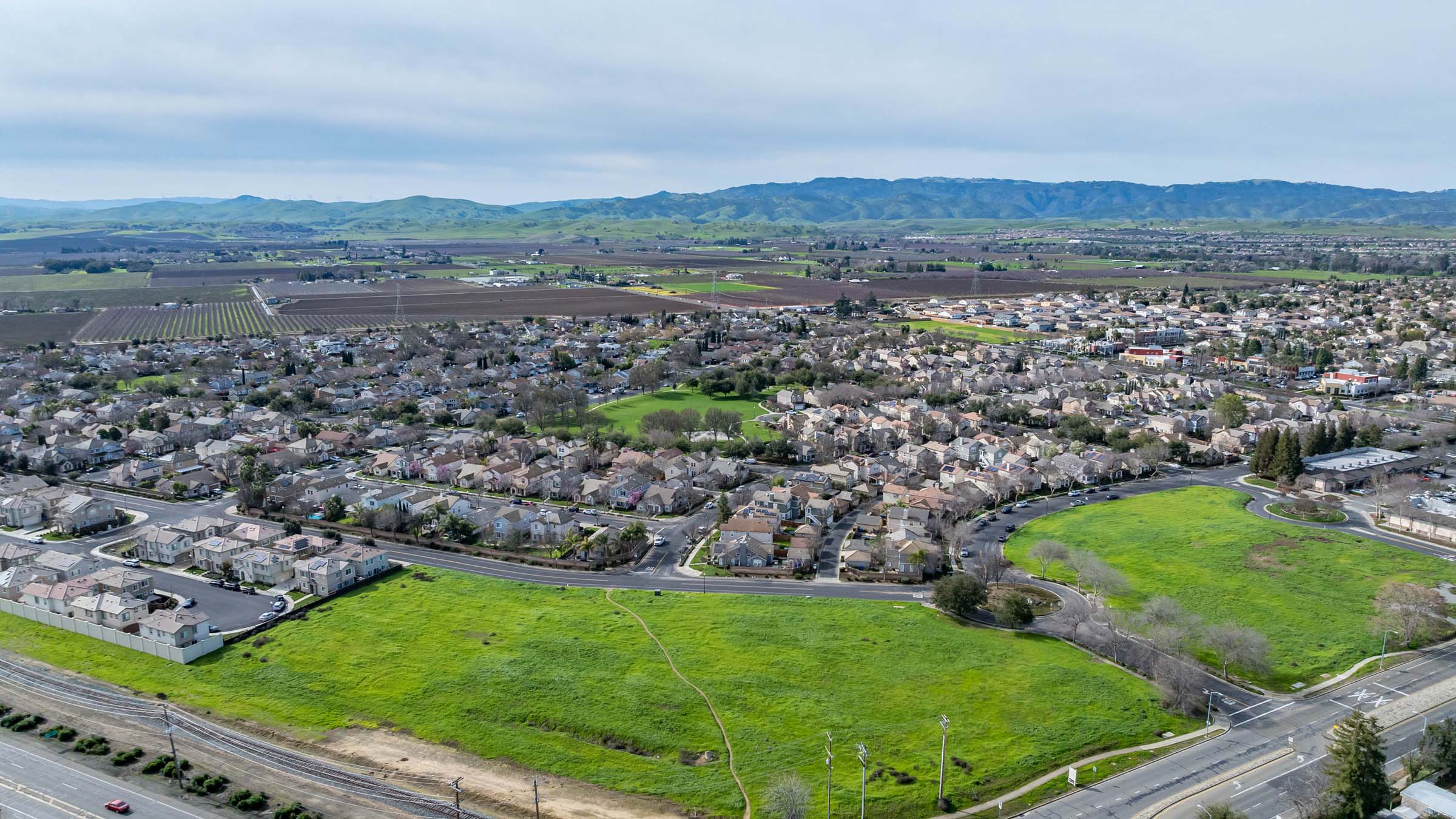 The intersection of community development and child development was the focus of the Federal Reserve System’s Tenth Biennial Community Development Conference on March 23–24, in Washington, D.C. The theme was Strong Foundations: The Economic Futures of Kids and Communities. At the conference, researchers, community practitioners, child development specialists, and policymakers explored key success drivers, scalable intervention strategies, and policy considerations. Papers and presentation slides from the conference are available on the conference web page.
The intersection of community development and child development was the focus of the Federal Reserve System’s Tenth Biennial Community Development Conference on March 23–24, in Washington, D.C. The theme was Strong Foundations: The Economic Futures of Kids and Communities. At the conference, researchers, community practitioners, child development specialists, and policymakers explored key success drivers, scalable intervention strategies, and policy considerations. Papers and presentation slides from the conference are available on the conference web page.
Community development and child development have a tight-knit relationship. Community development can have a positive impact on children by making investments that support healthy social and cognitive development. In turn, when children grow up in supportive environments, they are more likely to succeed in school and boost human capital, a key ingredient for building strong communities.
The work of community developers can influence the quality of environments in which children grow and develop. For example, safe and affordable housing, high-quality childcare, and community health centers, parks, and healthy food outlets help provide a consistent and nurturing environment for children. In addition, these sites can offer safe places to socialize with peers and participate in after-school activities. These “bricks and mortar” community assets provide spaces that can foster supportive relationships between children and caring adults, a key ingredient for child development.
Community development and the quality of children’s relationships can have particular influence during early childhood and adolescence, which are sensitive periods for brain development. During early childhood, neural connections occur at a fast pace—more than a million per second in the infant brain.1 After the first few years of life, the pace of neural connection growth slows as the brain prunes some connections and reinforces others based on a child’s experiences. Neuroscience and psychology describe the types of experiences that help develop strong brain architecture, including stable and nurturing relationships with caregivers, language-rich environments, and encouragement to explore through movement and senses.
Adolescence represents a second period of brain malleability, starting with the onset of puberty and lasting as late as the mid-20s. Brain development during this period largely addresses executive function, which includes the capacity for self-regulation. Adolescence is also a period when the arousal and reward system is heightened. As Laurence Steinberg describes in The Age of Opportunity, “The accelerator is pressed to the floor before a good braking system is in place.”2 With healthy support by parents, schools, and communities, adolescents are more likely to develop capacities and skills, including self-regulation, critical thinking, and planning, that lead to success in adulthood and the workforce.
In the absence of supportive places and programs for children and families, early childhood and adolescence can present several stumbling blocks. Extreme adversity during early childhood, or what the Center for the Development Child at Harvard University describes as “toxic stress,” can weaken brain architecture and impair learning and memory, especially if there is no intervention by caring adults.3 During adolescence, unstable and stressful environments can impede children’s ability to develop self-regulation and other skills, such as critical thinking and planning.
If communities and families provide nurturing and stimulating environments, children are more likely to avoid or buffer the impact of toxic stress. And when children arrive at school ready to succeed and then follow a positive path to adulthood, society can accrue a number of benefits. Fostering child development can pay communities back through more productive workers and engaged citizens, higher earnings and tax revenue, and reductions to the costs associated with remedial education and crime.
*An earlier version of this article was published prior to the conference in the Meeting of the Minds blog.
Endnotes
1 Center for the Developing Child at Harvard University. Key Concepts: Brain Architecture. http://developingchild.harvard.edu/science/key-concepts/brain-architecture/.
2 Steinberg, Laurence. Age of Opportunity: Lessons from the New Science of Adolescence. Houghton Mifflin Harcourt. New York, 2014.
3 Center for the Developing Child at Harvard University. Key Concepts: Toxic Stress. http://developingchild.harvard.edu/science/key-concepts/toxic-stress/.





